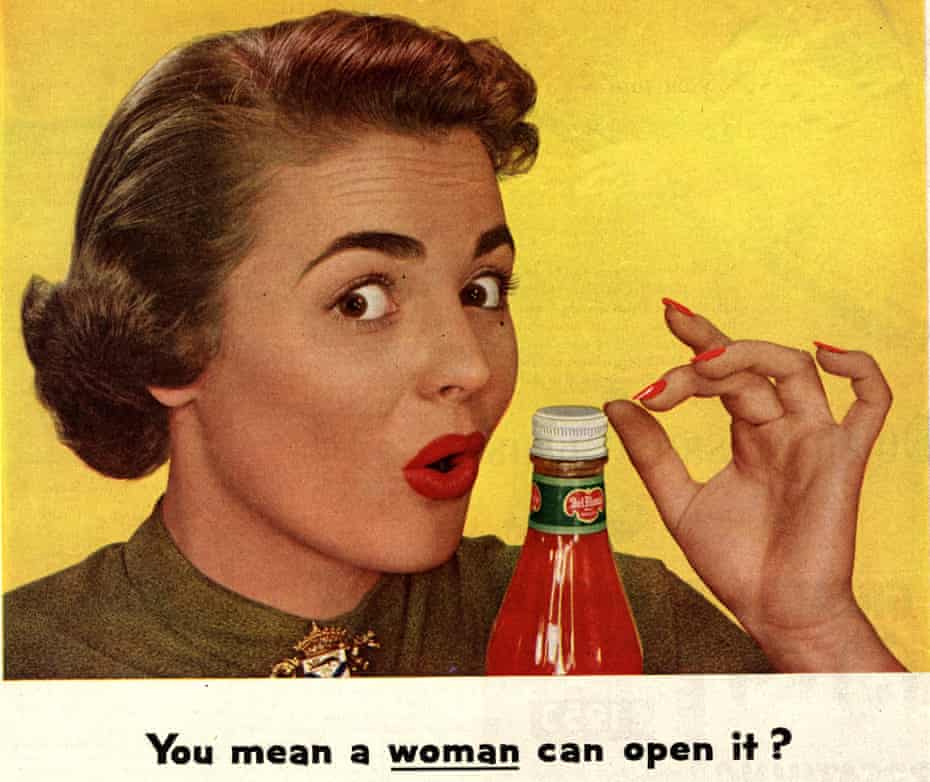Roland Barthes “Rhetoric of the Image” essay from Image – Music – Text, Translated by Stephen Heath. Hill and Wang, 1977. (excerpt)
I understand that the message of an image is made up of several elements such as the text, captions, and images and that these elements have both denoted and connoted messages which mean literal and symbolic messages. I understand denoted is literal meaning from the text and connoted is cultural information that the reader already knows. When we say something connotes something else, it means that the first thing implies the second thing. I understand both types of iconic messages are made from visual elements like images. For the non-coded iconic messages, it’s the literal meaning of the image instead of needing to know the culture of the image. For the coded iconic message, it’s about looking for the symbolic meaning from images such as what the half open shopping bag means. I never heard of “quasi-tautological” but it seems to mean some elements are repetitive.

In this 1953 ketchup advertisement, it has a denoted message because the caption is clearly literal because the word “woman” is underlined emphasizing the target of the entire gender group of all women. The caption is denoted because it literally asks if women can open a ketchup bottle which implies that society believed women couldn’t do what men do even the smallest tasks. The image shows a coded iconic message because you need to “read” the image more like why she has a surprised look on her face when it’s easy to open a bottle.
annotations:
https://hyp.is/838qij6hEey_KutkWqNELw




Recent Comments